11th Hour Racing unveils IMOCA 60
Published on August 9th, 2021
After 24 months of research, development, and construction, 11th Hour Racing Team has unveiled its new IMOCA 60, the first of a new era of boats designed to compete in fully crewed, short-handed and solo offshore sailboat races.
With the U.S. sponsored program focused on The Ocean Race 2022-23, the team sees this as a new era for the 60-foot class which previously had been designed specifically for shorthanded sailing.
A product of Guillaume Verdier’s design studio and built at CDK Technologies in the home of offshore yacht racing in Brittany, France, the new IMOCA 60 blends sporting performance with sustainable construction practices, and state-of-the-art boat building technology.
Where IMOCA 60s are traditionally designed for the typical downwind course of the solo Vendée Globe, the 11th Hour Racing Team boat has been optimized for the broader range of conditions expected in The Ocean Race which will cross the equator four times.
The first impression is of a hull with a super-slick aero treatment with a scow-type profile to its bow, a pronounced chine, and with a large and almost completely enclosed cockpit with minimal side decks.
The closed cockpit design will allow up to five sailors to live and work under the protection of its cover for the majority of time spent offshore with near-360 degree visibility. The boat is further enhanced via a refined auto-pilot, navigation system, cameras, and marine mammal deterrence system.
The cockpit layout and the layout down below has been designed to allow a full crew to work together during maneuvers with enough space to do so efficiently. Verdier says the boat, which features more winches than recent IMOCAs, feels far more spacious than all other boats in the class.
“It is not hugely different,” he said. “But there is a little more functionality. There are more winches and a bit more room – you will be surprised how spacious it is. It looks like a big boat when you are inside and it feels like a much bigger boat than the other IMOCAs.”
Skipper Charlie Enright was excited about the launch: “We’ve designed a version of the IMOCA 60 that no one has ever built before. Our boat should be able to withstand the toughest conditions in the most remote corners of the world, but is also able to compete in various shorthanded configurations.
“Hopefully the hull shape is an evolution of the good work Guillaume has already done. I think we will see a foil package that is pretty radical and different to a lot of other boats out there today.
Enright said the foil package included the ability to draw the foils in when not required so that, when the hull is upright, they are clear of the water. “There are some boats that are still dragging part of their foils in the water when fully retracted at zero degrees of heel. It was important to us that this was not the case, but we can’t get rid of the whole things.
“I hope we’ve got the big things right – hull shape, foils, aero package – all that. The detail, as it relates to the fully crewed stuff, are pretty unproven. The cockpit volume, the cockpit layout, the crew mechanics and ergonomics certainly played a big part in it.”
The bow profile is all about trying to keep the boat clear of the water. “We are trying to keep the bow up and out of the water while we are VMG running, but trying not to lose the power in the waterline length and the reaching ability that has made Guillaume so successful in the past,” explained Enright.
The goal was to produce an IMOCA that can be competitive in a range of conditions. “We were not designing the boat for the Vendée Globe, so we have tried to make it an all-round boat basically,” continued Enright. “You only have to start and finish the Vendée once each race, whereas throughout the course of an Ocean Race you have 10 starts and 10 finishes.”
Another area where the boat is different is in the stacking system, something Enright remarked on. The design seems to have thought-through ways to make moving dead weight around easier. “We have also emphasized the stacking system,” he said, “the ability to move weight, not only left and right but fore and aft.”
Verdier also emphasizes the versatility of this boat. “I hope there will be more (like it),” he said. “It’s a smart way to go. I hope it will open the door to the Ocean Race. It’s smart because if you use it single-handed, you just remove a winch or two, some hydraulics or whatever and you remove a bit of weight and on you go…you’ve got nearly as strong a boat and you’ve got more space.”
Talking to both Enright and Verdier, you sense a huge amount of work has gone into this project. Take, for example, the sail wardrobe, where the team has carried out detailed work on sail crossovers, sail weight and sail structures. The net effect, they hope, is a boat that proves hard to match, whether raced fully-crewed or short-handed.
The boat’s race schedule includes the upcoming Défi Azimut (raced double-handed with a non-sailing onboard media crew member), the Transat Jacques Vabre (double-handed), and The Ocean Race 2022-23 (four sailors and one sailing onboard media crew member).
Leading up to the new boat’s naming ceremony scheduled for September 13, 11th Hour Racing Team will release a series of content features, including videos and photos, giving detailed insight into the new IMOCA 60’s unique design, artwork, and innovation processes.
Source: 11th Hour Racing Team, IMOCA
Event details – Route – Teams – Facebook
Here was the plan prior to the 2022-23 postponement:
The Ocean Race 2021-22 (formerly The Volvo Ocean Race) will be raced in two classes of boats: the high-performance, foiling, IMOCA 60 class and the one-design VO65 class which has been used for the last two editions of the race. Entries in the IMOCA 60 class will compete for The Ocean Race trophy, while those racing the VO65s will chase the Ocean Challenge Trophy.
Ten Stopovers for 14th Edition:
• Alicante, Spain: This historic Mediterranean port will host the start for the fifth consecutive edition in the autumn of 2021.
• Cabo Verde: More accustomed to having offshore teams sail by, or stop for repair, this archipelago of ten volcanic islands in the central Atlantic Ocean will become just the second African venue the race has ever visited and the first West African nation to host the event. Details.
• Cape Town, South Africa: Located on the shore of Table Bay, Cape Town, as the oldest urban area in South Africa, was developed by the United East India Company (VOC) as a supply station for Dutch ships sailing to East Africa, India, and the Far East. Located at latitude 33.55° S, it’s approximately the same as Sydney and Buenos Aires and equivalent to Casablanca and Los Angeles in the northern hemisphere. Details.
• Shenzhen, China: Located in the southeast, the city is a modern metropolis that links Hong Kong to China’s mainland. It’s known for its shopping destinations and features contemporary buildings, such as the 600m-tall skyscraper Ping An International Finance Centre, and a number of amusement parks. The city is a leading global technology hub and was one of the fastest-growing cities in the world in the 1990s and the 2000s. Details.
• Auckland, New Zealand: European, Polynesian, Asian, and strong Maori heritages give Auckland its distinctive culture. Located in the North Island of New Zealand, it is the most populous urban area in the country with an urban population of around 1,570,100. Details.
• Itajaí, Brazil: To the south of Rio de Janeiro, Itajaí was founded in the mid-19th century by German and Italian colonists, and is now the commercial centre and Atlantic port for an agricultural region drained by the Itajaí River and its tributaries. Details.
• Newport, USA: Located on Aquidneck Island, Newport is 74 miles south of Boston and 180 miles northeast of New York City. It is known as a New England summer resort and is famous for its historic mansions and its rich sailing history. It was the location of every challenge to the America’s Cup between 1930 and 1983. It is also the home of Naval Station Newport, which houses the United States Naval War College, the Naval Undersea Warfare Center, and an important Navy training center. This is the third consecutive edition of the race to stop in Newport. Details.
• Aarhus, Denmark: The course comes to the east coast of the Jutland peninsula during the spring of 2022, following a popular ‘Fly-By’ of the city during the final leg of the 2017-18 edition of the Race. Details.
• The Hague, Netherlands: This city along the North Sea coast will welcome the race for a third consecutive time, first coming as a ‘pitstop’ on the final leg of the 2014-15 edition and as the final finish port for the 2017-18 race. Details.
• Genoa, Italy: As the birthplace of Christopher Columbus, this first-time race host is Italy’s largest sea port yet remains full of grandeur as the gateway to the Riviera while offering weighty architectural heritage. Details.


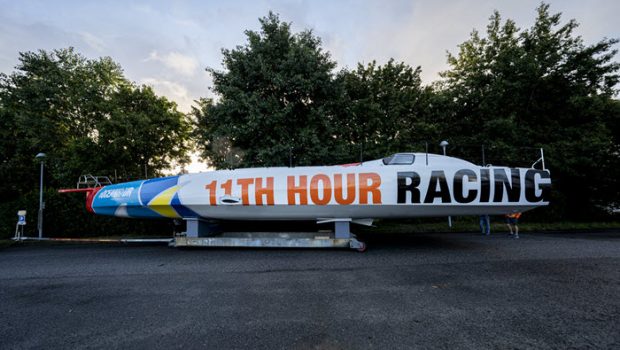




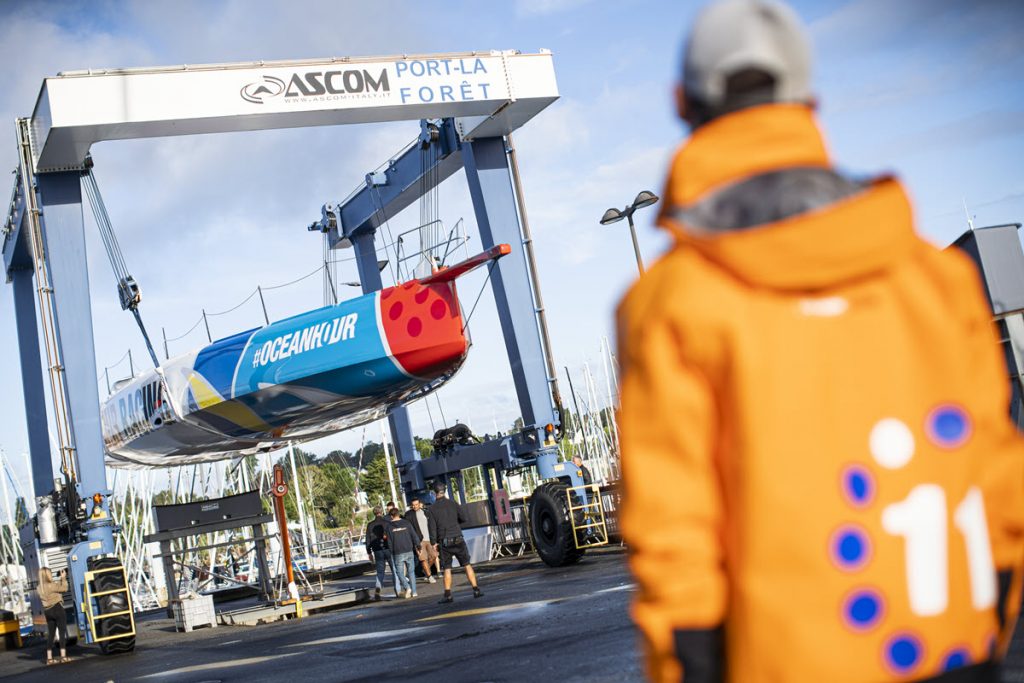

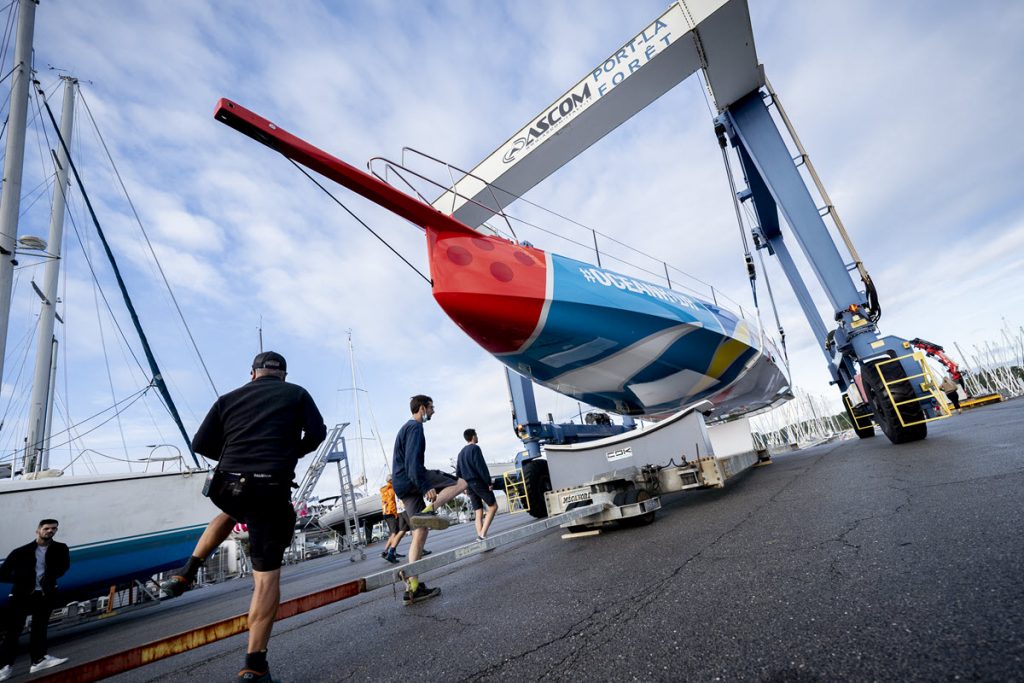
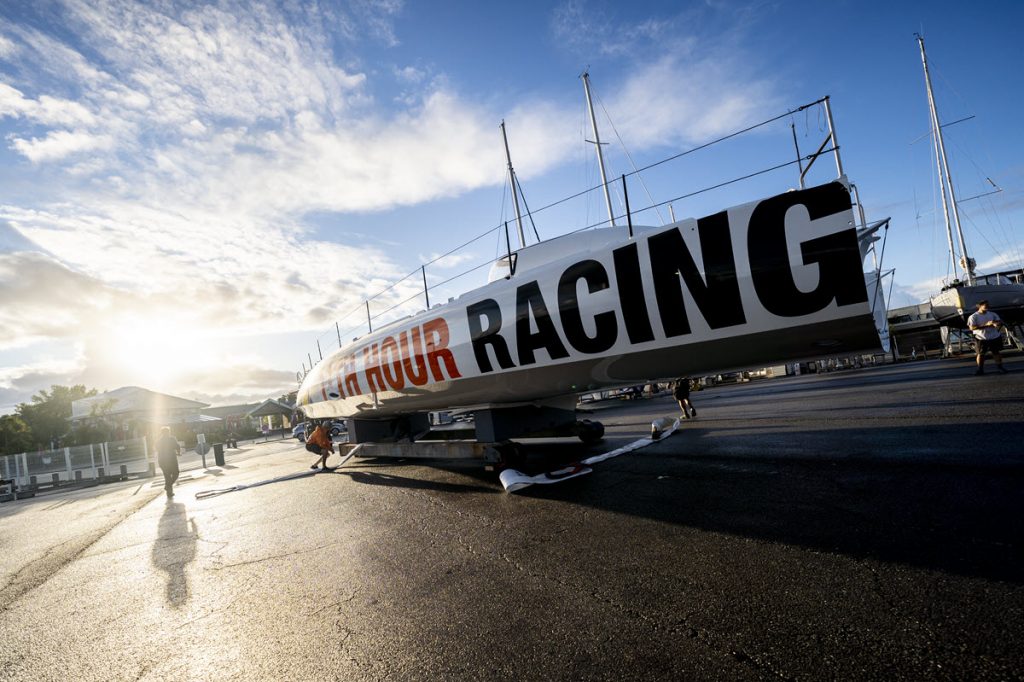
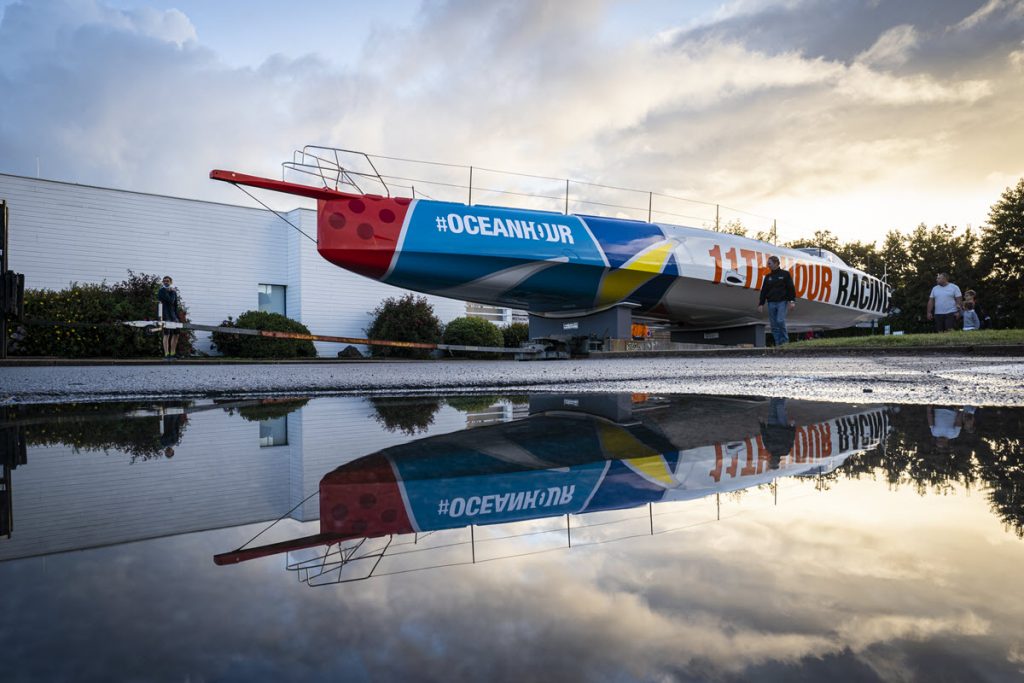
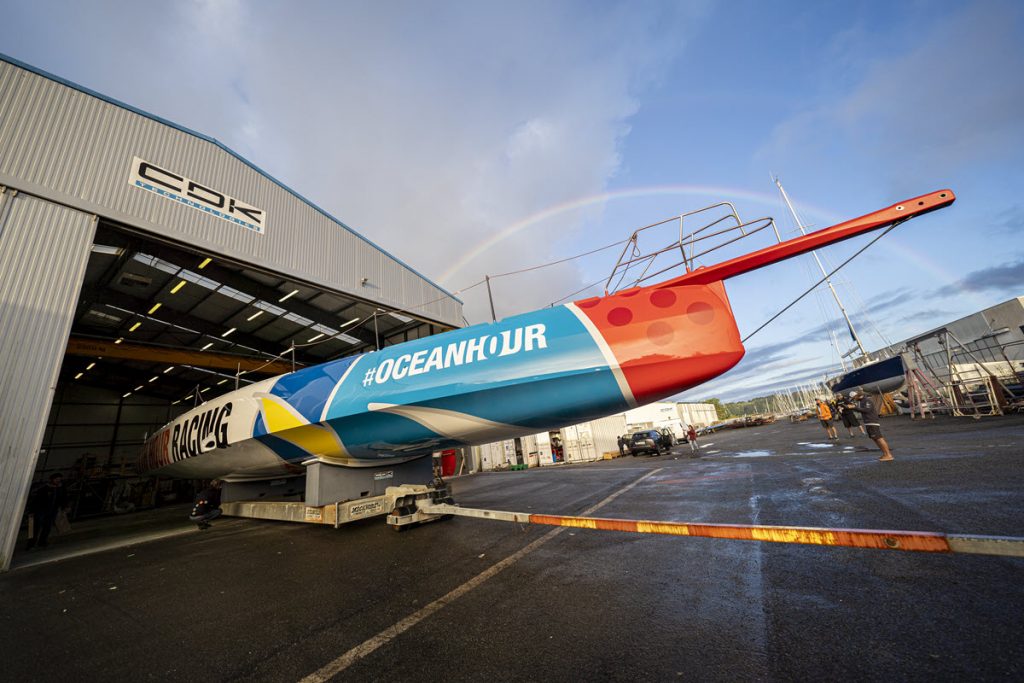
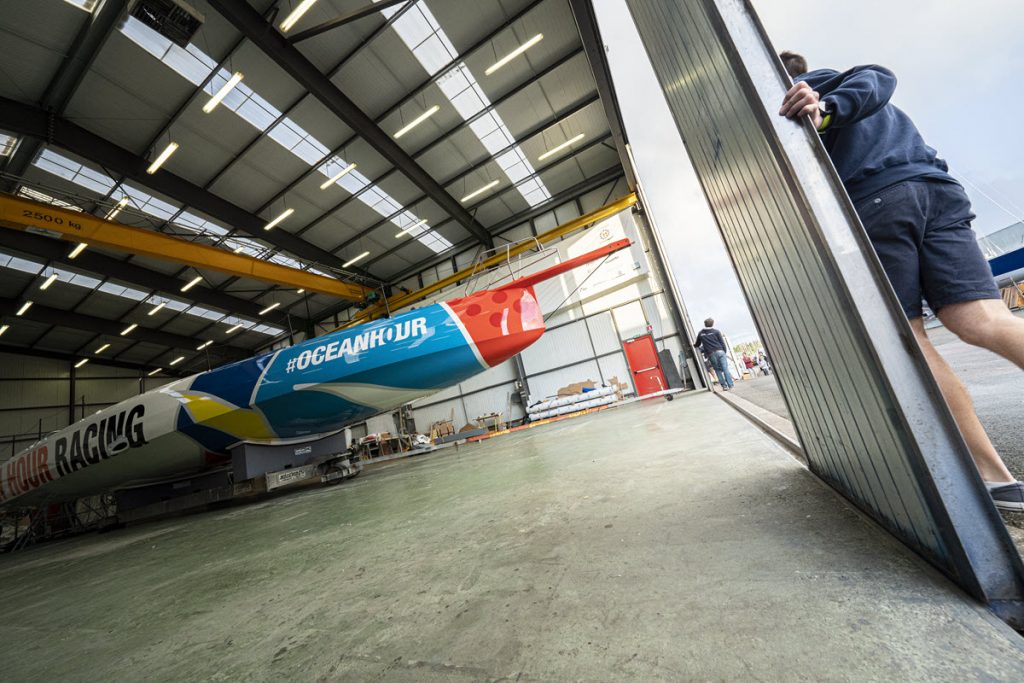
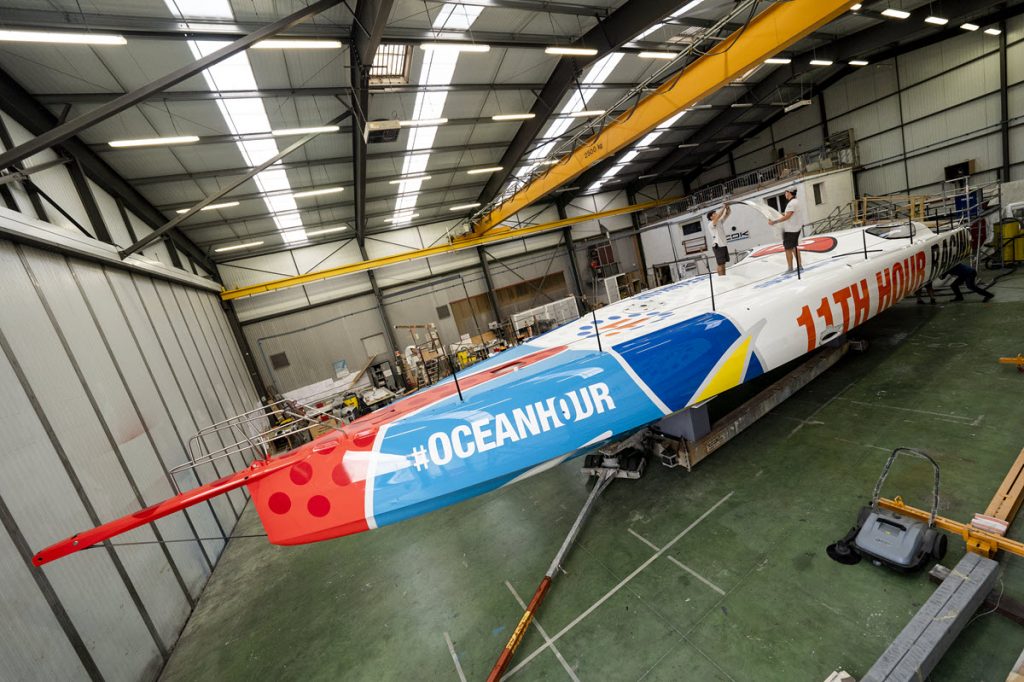
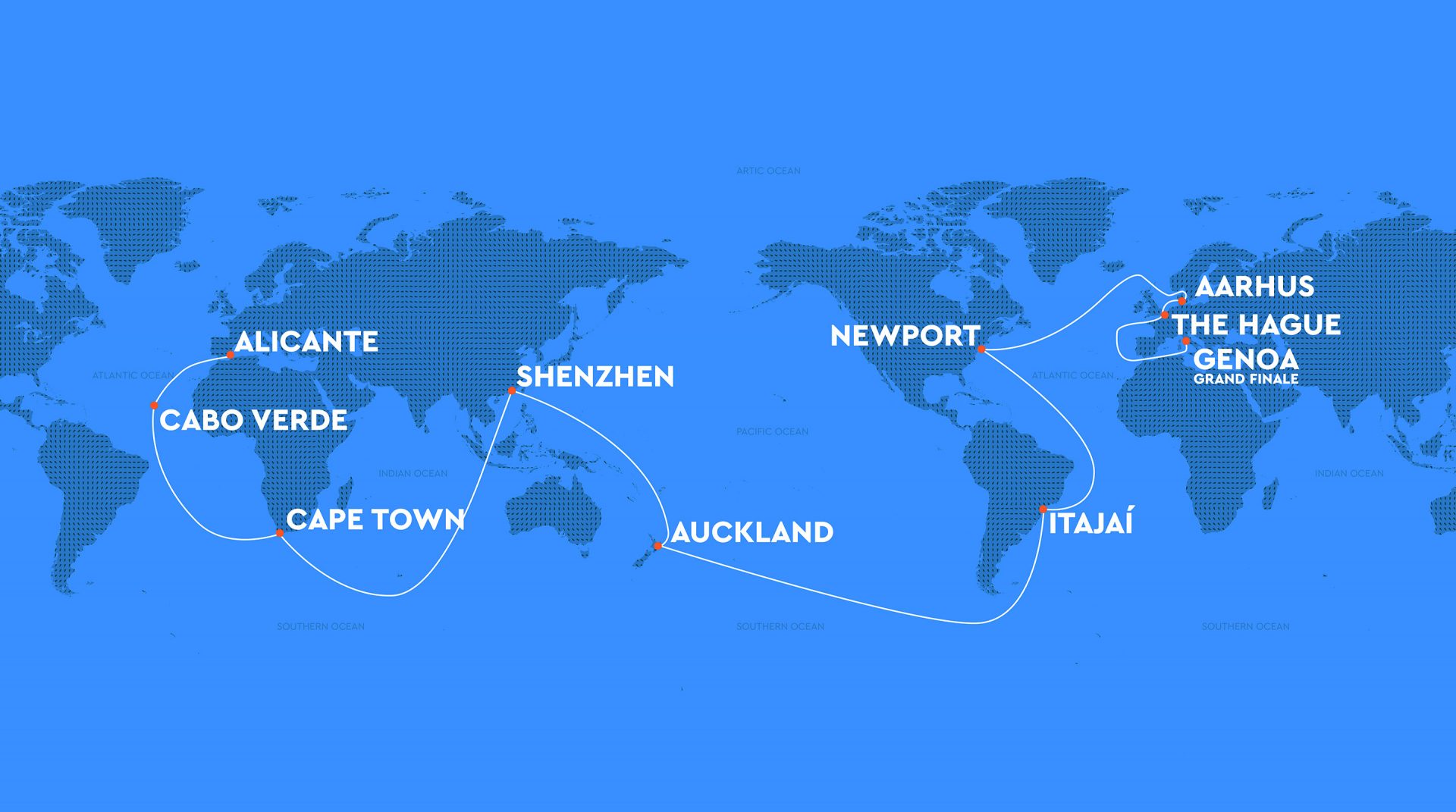





 We’ll keep your information safe.
We’ll keep your information safe.